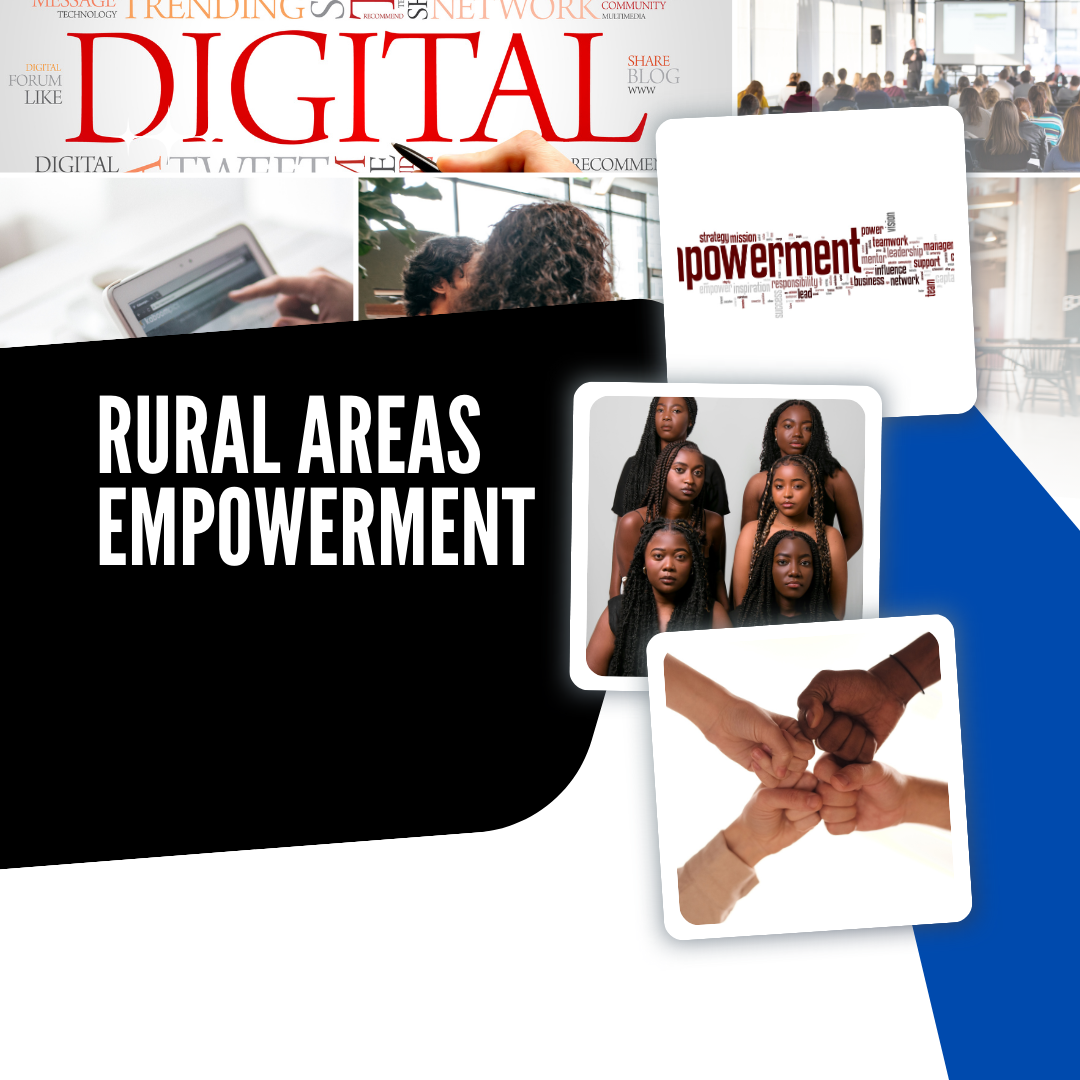
- info@forbettermentfoundation.org
- Sarit Centre, Karuna Rd
Our Blog Details
- Home
- Our Blog Details

06/05
- Author: Forbetterment
ICT Initiatives in Rural Areas
In today's digital age, access to Information and Communication Technology (ICT) is no longer a luxury, it's a necessity. From education and healthcare to agriculture and entrepreneurship, digital tools play a crucial role in empowering communities and driving sustainable development. Yet, for many rural areas in Kenya and other developing regions, the digital divide is a barrier to progress.
Understanding the Digital Divide
The digital divide refers to the gap between those who have easy access to the internet and digital technologies and those who do not. In rural communities, limited infrastructure, high costs of devices and data, low levels of digital literacy, and inadequate training opportunities compound the problem. This divide leaves many behind, especially youth, women, and small-scale farmers, further marginalizing already vulnerable populations.
Why ICT Access Matters
Bridging the digital divide in rural areas is not just about providing internet access. It's about opening doors to:
- Education: E-learning platforms and digital libraries can transform education by bringing quality content to remote classrooms.
- Health: Telemedicine and mobile health apps allow communities to access vital health information and connect with medical professionals.
- Agriculture: Farmers can use ICT tools for weather updates, market prices, and access to agricultural best practices.
- Economic Empowerment: Digital tools enable entrepreneurs to start businesses, access new markets, and manage finances more effectively.
ICT Initiatives Making an Impact
Several promising initiatives are helping bridge the digital divide in Kenya and across Africa:
- Community ICT Centers: These centers offer public access to computers and the internet, providing training in digital skills and supporting students, entrepreneurs, and job seekers.
- Mobile Learning Platforms: Apps like Eneza Education provide curriculum-based learning via mobile phones, making education accessible even without smartphones or stable internet.
- Solar-Powered Internet Hubs: In off-grid areas, solar technology powers Wi-Fi hotspots and digital classrooms, ensuring consistent access despite power challenges.
- Government and NGO Partnerships: Collaborations like the Digital Literacy Programme (DLP) by the Kenyan government and organizations like For Betterment Foundation are equipping schools with tablets and training teachers in ICT integration.
- Tech-Driven Agribusiness Solutions: Platforms like DigiFarm connect rural farmers with critical information, financial services, and markets.
Despite the progress, challenges remain. Infrastructure investment is still needed to expand connectivity. Digital literacy must be improved to ensure people can make the most of these technologies. Language barriers, cost, and gender disparities must also be addressed.
But with the right partnerships and commitment, the digital divide can be bridged. Empowering rural communities with ICT is not only a step toward equality, but it’s a catalyst for innovation, resilience, and sustainable development.
Categories
- Finance
- Education
- Environment
- Farming
- community development
- Community Health & Wellness


